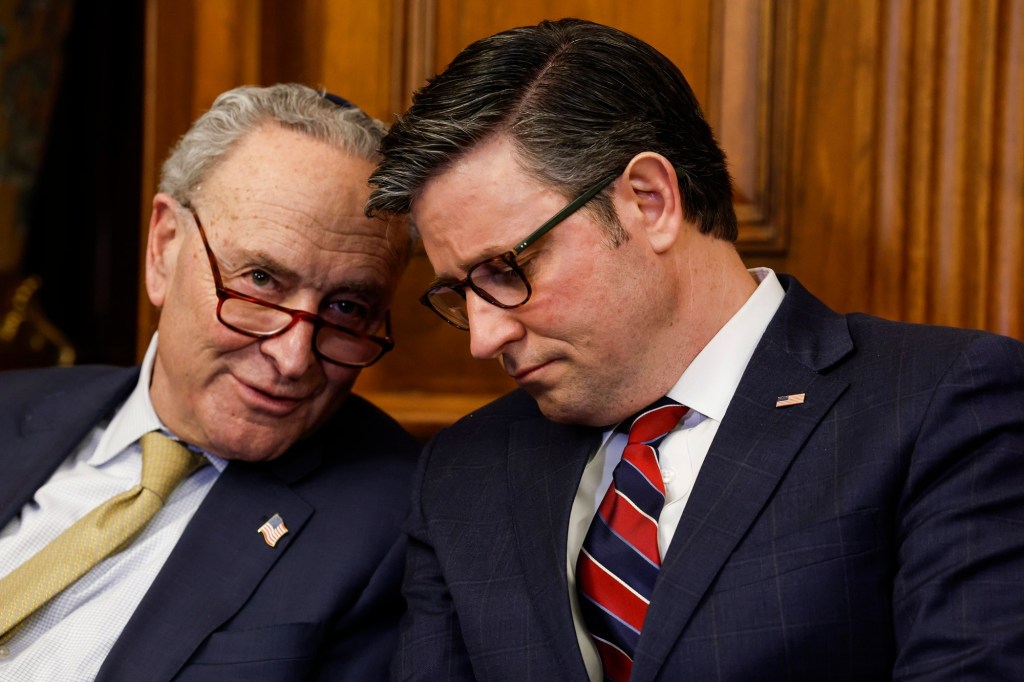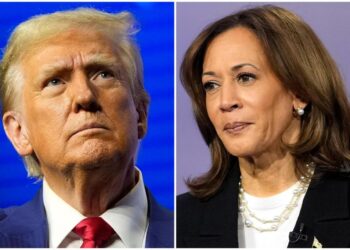WASHINGTON — As the calendar turns to a presidential election year with control of both chambers in play, Congress and the White House are facing a full slate of leftovers from 2023, headlined by a stalled emergency supplemental spending request and looming deadlines to keep the government open.
Sunday’s announcement of a topline agreement between House Republicans and Senate Democrats means that appropriators know the maximum amount they can spend to fund the government for the rest of this fiscal year. But they are still haggling on how to apportion that among 12 bills covering various departments and agencies, let alone navigate a thicket of contentious partisan policy riders.
“The bipartisan funding framework congressional leaders have reached moves us one step closer to preventing a needless government shutdown and protecting important national priorities,” President Joe Biden said in a statement supporting the deal, which would allow $886.3 billion for defense and $772.7 billion for nondefense programs.
The enactment of an unusual bifurcated continuing resolution in November set up multiple funding deadlines. Funding for departments and agencies covered by four appropriation bills was extended through Jan. 19, with the balance running through Feb. 2, or Groundhog Day.
Ukraine aid, border security
The Biden administration has also said resources for aid to Ukraine’s effort to repel an invasion from Russia have largely run out.
Biden asked for $110.5 billion in supplemental funding for Ukraine, assistance to Israel, border security and other urgent needs, but the Democratic Senate took no action in December, deferring to off-the-floor bipartisan talks about overhauling immigration laws to deal with migrants seeking asylum.
Speaker Mike Johnson, who led more than 60 of his members to the U.S.-Mexico border at Eagle Pass, Texas, last week, said there was “deep resolve” on the part of House…
Read the full article here







